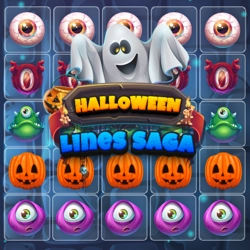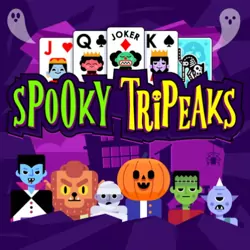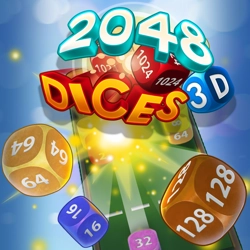Description:
2 people games such as Dice Merge offer a unique mix of brain training puzzle and a relaxing pastime suitable for players of all ages. This game enthralls with its strategic merging of the same dice to create magic combinations. The addition of woody dice with different numbers injects an attractive layer of unpredictability to the game. Being a free-to-play game, it's no wonder this 2 people game has turned into a formidable name in the realm of tabletop gaming. The more elaborate the combination of random dice you construct and collect, the higher score you accumulate. Give this 2 people game Dice Merge a try, and it's guaranteed to become your favorite Number Merge Puzzle.Game Instructions
The game is set up on a 5X5 tiles wooden board. Each tile can accommodate only one die. The game features six distinct domino dice colors to spice up the gameplay. The aim in this 2 people game is to match three dice of the same color to initiate a merge. Players are allowed to rotate the dice as they wish before placing them on the board. Matching three or more neighboring woody dice with identical pips triggers a merge, which can happen horizontally, vertically, or both. This thrilling 2 people game challenges your tactical acumen and becomes progressively exciting and intricate as you continue to play. Testing your logical thinking and strategic planning skills, it's an entertaining way to spend hours of bonding time in an engaging 2 people game, all for free.
Instructions:
Drag dice on the board and marge the same dice to level up dice numberWhat are Browser Games
A browser game or a "flash game" is a video game that is played via the internet using a web browser. They are mostly free-to-play and can be single-player or multiplayer.
Some browser games are also available as mobile apps, PC games, or on consoles. For users, the advantage of the browser version is not having to install the game; the browser automatically downloads the necessary content from the game's website. However, the browser version may have fewer features or inferior graphics compared to the others, which are usually native apps.
The front end of a browser game is what runs in the user's browser. It is implemented with the standard web technologies of HTML, CSS, JavaScript, and WebAssembly. In addition, WebGL enables more sophisticated graphics. On the back end, numerous server technologies can be used.
In the past, many games were created with Adobe Flash, but they can no longer be played in the major browsers, such as Google Chrome, Safari, and Firefox due to Adobe Flash being shut down on December 31, 2020. Thousands of these games have been preserved by the Flashpoint project.
When the Internet first became widely available and initial web browsers with basic HTML support were released, the earliest browser games were similar to text-based Multi-User Dungeons (MUDs), minimizing interactions to what implemented through simple browser controls but supporting online interactions with other players through a basic client–server model.[6] One of the first known examples of a browser game was Earth 2025, first released in 1995. It featured only text but allowed players to interact and form alliances with other players of the game.



